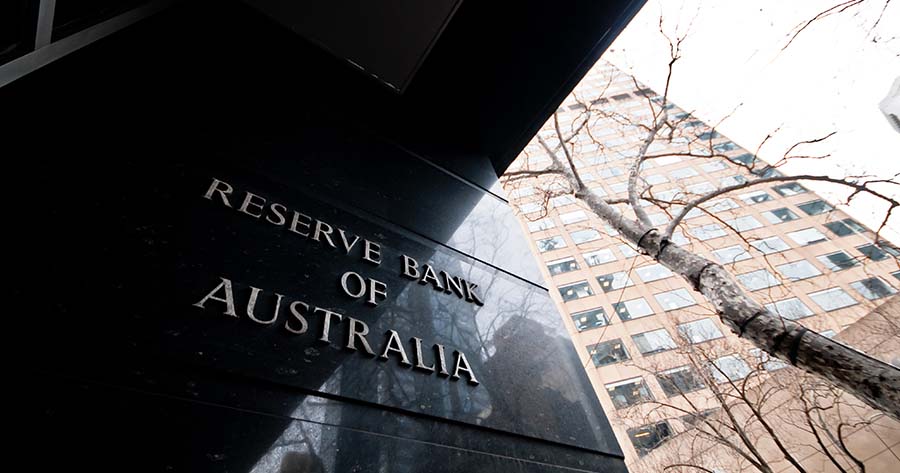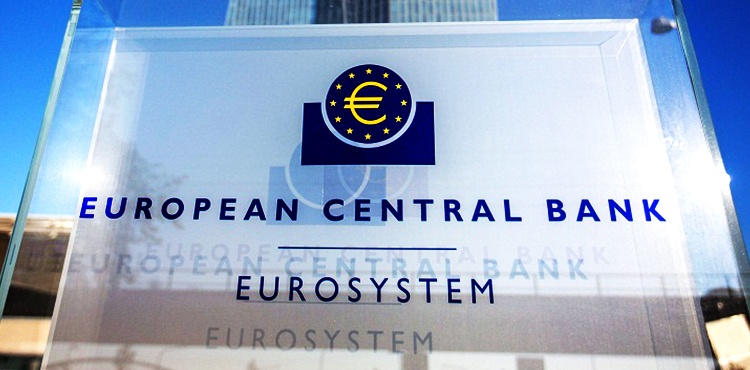Concluding its February policy meeting, the Reserve Bank of Australia (RBA) lowered interest rates by a quarter-point to 4.1%, marking the first cut since November 2020, when rates were slashed to a historical low of 0.1% during the pandemic crisis.
The rate cut offers some relief to borrowers and is favorable for Prime Minister Anthony Albanese, who faces a challenging election by May 17. There is speculation about the possibility of an early election call in light of this development.
Market participants had anticipated a quarter-point reduction after the fourth-quarter core inflation unexpectedly dropped to 3.2%, with swaps indicating a 20% chance of another rate cut in April, while a further reduction in May remains largely anticipated.
The RBA acknowledged the positive strides made in controlling inflation but expressed caution regarding further easing, given the strong labor market’s potential to maintain upward inflationary pressures.
Australia has lagged behind in the global trend of monetary easing, with this cut occurring as the Federal Reserve appears to be pausing its policy adjustments. Meanwhile, New Zealand is expected to implement another 50-basis point reduction in the near future.
Inflation in Australia reached 2.4% in the last quarter, within the target range of 2-3%. The trimmed mean measure fell to 3.2% from 3.6% and is projected to drop to 2.7% by June.
Consumer spending has increased, facilitated by government tax cuts, and the labor market has shown unexpected strength. However, it has not contributed to inflationary pressures, suggesting that the economy does not urgently require a series of consecutive rate cuts.
In addition, the rate cut on Tuesday also benefits the housing market, where prices have moderated from recent highs, although affordability remains a key concern for Prime Minister Albanese.
Senior APAC economist at Capital Economics, Abhijit Surya, anticipates only two more rate reductions in the current easing cycle, noting that the RBA maintains an expectation for a rebound in both household consumption and overall economic activity. Such developments suggest that inflationary pressures are expected to remain over the medium term.





